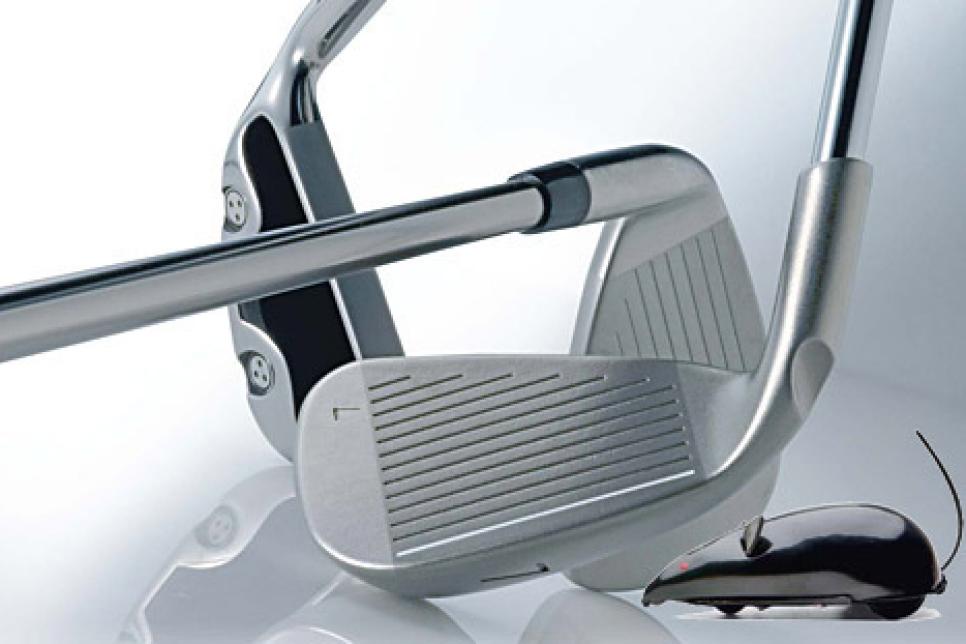Equipment
A Better Mousetrap?

Where is iron design headed? Is there really anything new on the horizon?
The idea that iron designs have improved over the years is at once obvious and perplexing. After all, it has been nearly four decades since Ping founder Karsten Solheim turned traditional iron design inside out by introducing the idea of perimeter weighting and investment-cast manufacturing, and more than 20 years since the legendary Ping Eye2 irons were introduced. How can you even attempt to build a better mousetrap after all these years when the essential dimensions of the cage haven't changed? "I think there have been bigger leaps in iron design, but we just haven't been talking about them," says independent designer Mark Myrhum, who worked on the Element 21 Emc2 irons. "Something like the MOI [moment of inertia, or stability of the head] is far beyond what it was."
New materials (like the scandium-alloy shafts in the Element 21 irons) and improved manufacturing techniques (such as computer-milled faces in the Exotics irons) take designs in new directions. Clubfaces, as in the Ping G10 and the Tour Edge Bazooka GeoMax irons, are thinner than their predecessors—just 2.2 millimeters on the GeoMax, for example—freeing up more mass that designers can redistribute to lower the center of gravity or improve launch conditions. Club engineers today are better at understanding (through high-tech measurement tools) how each characteristic of a clubhead (like MOI or center of gravity location) has a direct impact on performance.
"We're trying to think of ways to improve one area of the club while keeping the other areas consistent," says Ping's Brad Schweigert, manager of golf club design. "But the theories aren't any different than what Karsten was thinking 20 years ago."
EXOTICS Made from 1025 carbon steel, the CNC Forged iron has milled, maximized grooves ($800, exoticsgolf.com).
PING The thin face is supported by a wider cavity port to enhance feel and consistency; shafts are slightly heavier in short irons and lighter in long irons ($860, pinggolf.com).
TOUR EDGE The sole is almost two inches wide, and two 15-gram tungsten screws are aimed at pushing the CG deeper ($400, touredge.com).
ELEMENT 21 The head features a steel face insert with a thermoplastic elastomer backing, and the scandium-alloy shaft is designed to reduce vibration ($1,200, e21golf.com).